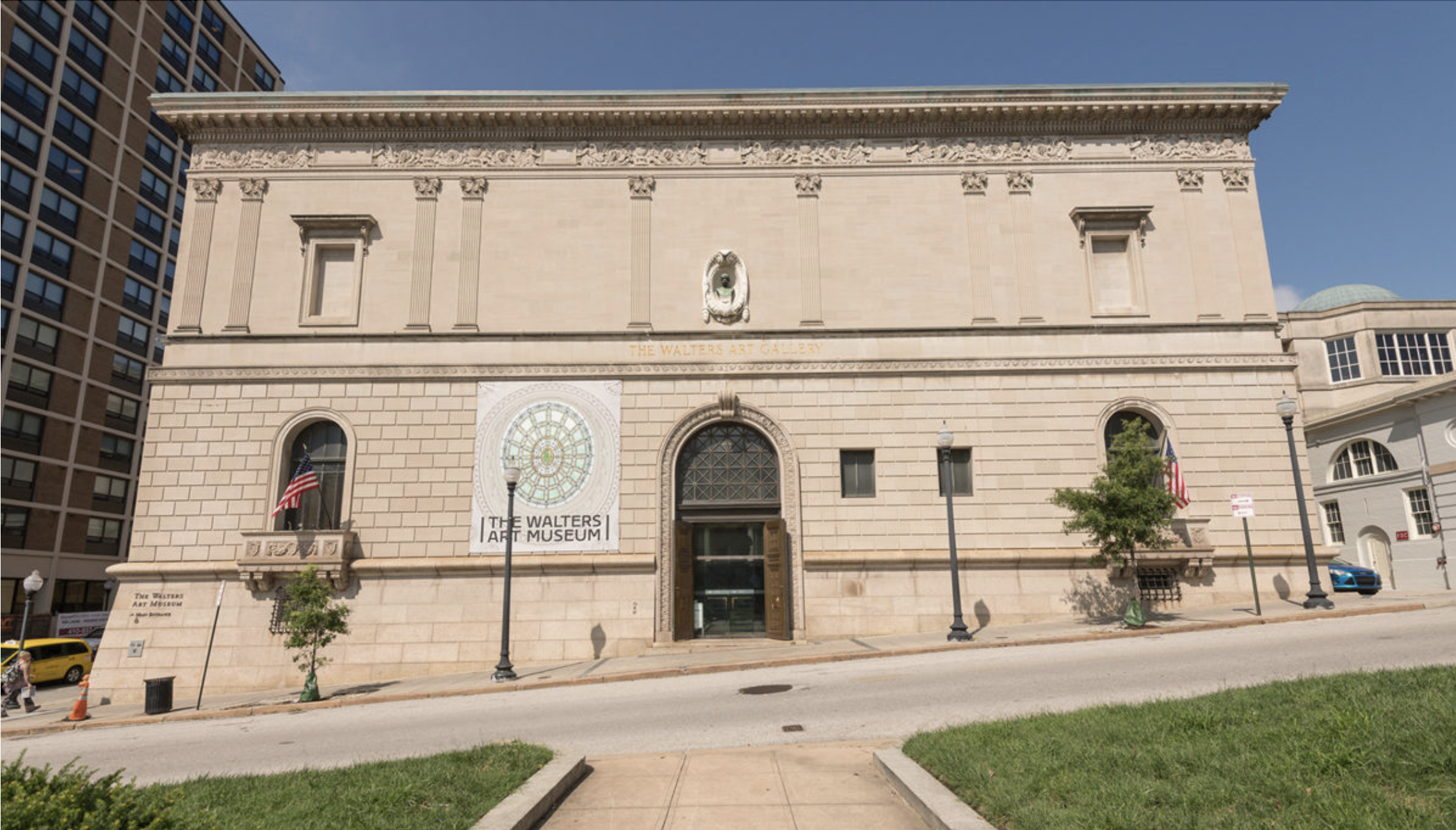The Walters Art Museum is one of Baltimore’s premier cultural institutions, renowned not only for the breadth of its collections but also for its deep historical roots in the city. Established through the bequests of William T. Walters and his son Henry, the museum houses a diverse collection of artworks and objects spanning antiquity to modern times. This article delves into the museum’s evolution, architecture, and key collections, highlighting its contributions to both the art world and public education.
The origins of the Walters Art Museum can be traced to the vision of William Thompson Walters (1819–1894), a successful businessman and art collector. William began amassing a collection during the mid-19th century, focusing on European and Asian art. His son, Henry Walters (1848–1931), expanded this collection, further acquiring works of art that reflected his interests in ancient, medieval, and Renaissance art. Henry’s vision for the museum culminated in his decision to bequeath the collection and the museum buildings to the city of Baltimore, ensuring that the public would have free access to one of the most comprehensive art collections in the United States.
In 1934, the museum formally opened as a public institution under the name of the Walters Art Gallery, later renamed the Walters Art Museum in 2000. Since then, the museum has grown, expanding both its physical footprint and its curatorial scope. Today, the Walters continues to be a free cultural institution, sustained by a combination of public and private funding.
 The Walters Art Museum is notable not only for its collection but also for its architectural evolution. The museum’s original building, completed in 1909 and known as the Palazzo, was designed by William Adams Delano in the style of a 17th-century Genoese palace. This building reflects Henry Walters’ admiration for the Italian Renaissance and Baroque architecture, and it provides a fitting environment for the display of European art from the Renaissance and Baroque periods.
The Walters Art Museum is notable not only for its collection but also for its architectural evolution. The museum’s original building, completed in 1909 and known as the Palazzo, was designed by William Adams Delano in the style of a 17th-century Genoese palace. This building reflects Henry Walters’ admiration for the Italian Renaissance and Baroque architecture, and it provides a fitting environment for the display of European art from the Renaissance and Baroque periods.
In contrast to the Palazzo, the Centre Street Building, completed in 1974, is a striking example of Brutalist architecture, characterized by its bold use of raw concrete and geometric forms. Designed by the architectural firm Shepley, Bulfinch, Richardson, and Abbott, this modernist structure reflects the museum’s expanding vision and need for additional space to house its growing collection. The juxtaposition of the ornate, Renaissance-inspired Palazzo with the austere, modernist Centre Street Building symbolizes the museum’s commitment to bridging historical periods and artistic styles.
The Walters Art Museum’s collection spans more than 7,000 years, encompassing artworks from nearly every major civilization. The museum’s holdings are organized into several key areas, reflecting the global scope of its acquisitions. With over 36,000 objects, the collection offers a breathtaking panorama of art and culture, from ancient Roman sarcophagi to richly illuminated Qur’ans and Gospel books, from serene images of the Buddha to romantic 18th and 19th-century French landscapes. Each piece in the collection tells a story, connecting the past to the present and sparking wonder and surprise in all who visit. Among the museum’s diverse collection is a remarkable three-piece Delftware blue and white garniture from the early 18th century. The exquisite vases are painted with putti flying amidst a profusion of floral sprigs and flowers, showcasing the exceptional artistry and intricate detailing that characterize Dutch Delftware.




